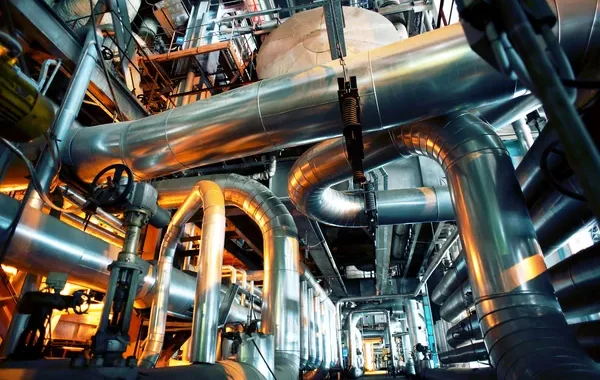As part of the products resulting from the transformation of petroleum, fuel oil is fuel as the primary source of heating. For this purpose, it is natural to be interested in its manufacture when using it. How is it done in practice? Discover in this article the different steps.
Refining
Refining is an essential process in the manufacture of fuel oil . It is a process that transforms oil to obtain fuel oil finally. Indeed, refining consists of distilling oil and treating it to be able to extract some products. To achieve this, many operations will be carried out to make the products used as fuel. At the end of the process, it is possible to obtain gas, gasoline, heavy fuel oil, and domestic fuel oil.
Distillation
The first step in the fuel oil manufacturing process is the distillation of the oil. The latter separates certain so-called “light” molecules from “heavy” ones. In other words, the oil is introduced into a distillation column of trays and a large tower. Taking into account the level of the column, the oil is then brought to a very high temperature at different intensities. It breaks down into various distinct products in a natural way.
The heavier molecules go to the bottom of the distillation tower, and the lighter molecules concentrate at the top. Thus, the two plates located at different levels of the distillation tower make it possible to extract the “petroleum cuts”. Indeed, the light cuts removed are the lightest products at the top of the distillation tower. Heating oil to high temperatures causes the formation of vapors that rise to the top of the tower, where the temperature is lower.
The uncondensed vapors form the petroleum gas and the condensed vapors that have passed from the gaseous state to the liquid state after cooling. It should be noted that it is in this same category that the essences are extracted. As for the medium cuts removed, they are made up of somewhat heavy products such as domestic fuel which is used to heat homes . There are also heavy cuts made up of the most heaviest products. They have a very high viscosity. The heavy fuel oils and residues are extracted from these, often redistilled in “vacuum” columns.
Conversion
A few products undergo deep conversion, also called steam cracking or hydrocracking. The purpose of this conversion is to break the large molecules of petroleum, allowing it to transform the heavy cuts into light products. Indeed, these processes make it possible to obtain a large quantity of the most consumed products and others, such as diesel and kerosene.
Improvement
This step in manufacturing fuel oil is crucial in the process. It reduces the sulfur content. With the idea of meeting the regulatory standards imposed by the European Union, the improvement of the products removes impurities and substances such as sulfur, lead, and others from petroleum.
The mixture
Once the different bases obtained are freed of their impurities, they are mixed together. They are sometimes combined with additives to get finished products suitable for consumption. It is enough to work on the regulatory, technical, and environmental specificities as well as the safety of the products. It is at this level that the anti-flammability of petroleum products improves. As soon as this phase is completed, the fuel oil manufacturing process to obtain clean energy for heating is also complete.
It should be remembered that the manufacture of fuel oil follows a few procedures. It also requires compliance with specific standards.

